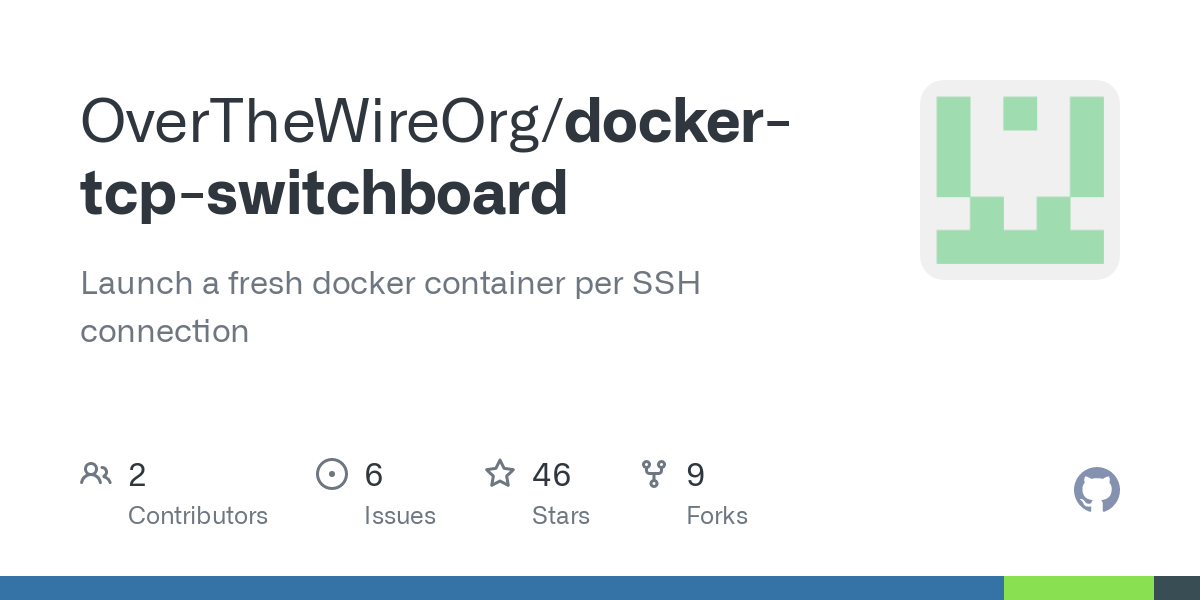Because forgejo’s ssh isn’t for a normal ssh service, but rather so that users can access git over ssh.
Now technically, a bastion should work, but it’s not really what people want when they are trying to set up git over ssh. Since git/ssh is a service, rather than an administrative tool, why shouldn’t it be configured within the other tools used for exposes services? (Reverse proxy/caddy).
And in addition to that, people most probably want git/ssh to be available publicly, which a bastion host doesn’t do.



No, I think if you’re using the nextcloud all in one image, then the management image connects to the docker socket and deploys nextcloud using that. The you could be able to update nextcloud via the web ui.
https://github.com/nextcloud/all-in-one?tab=readme-ov-file#how-to-update-the-containers